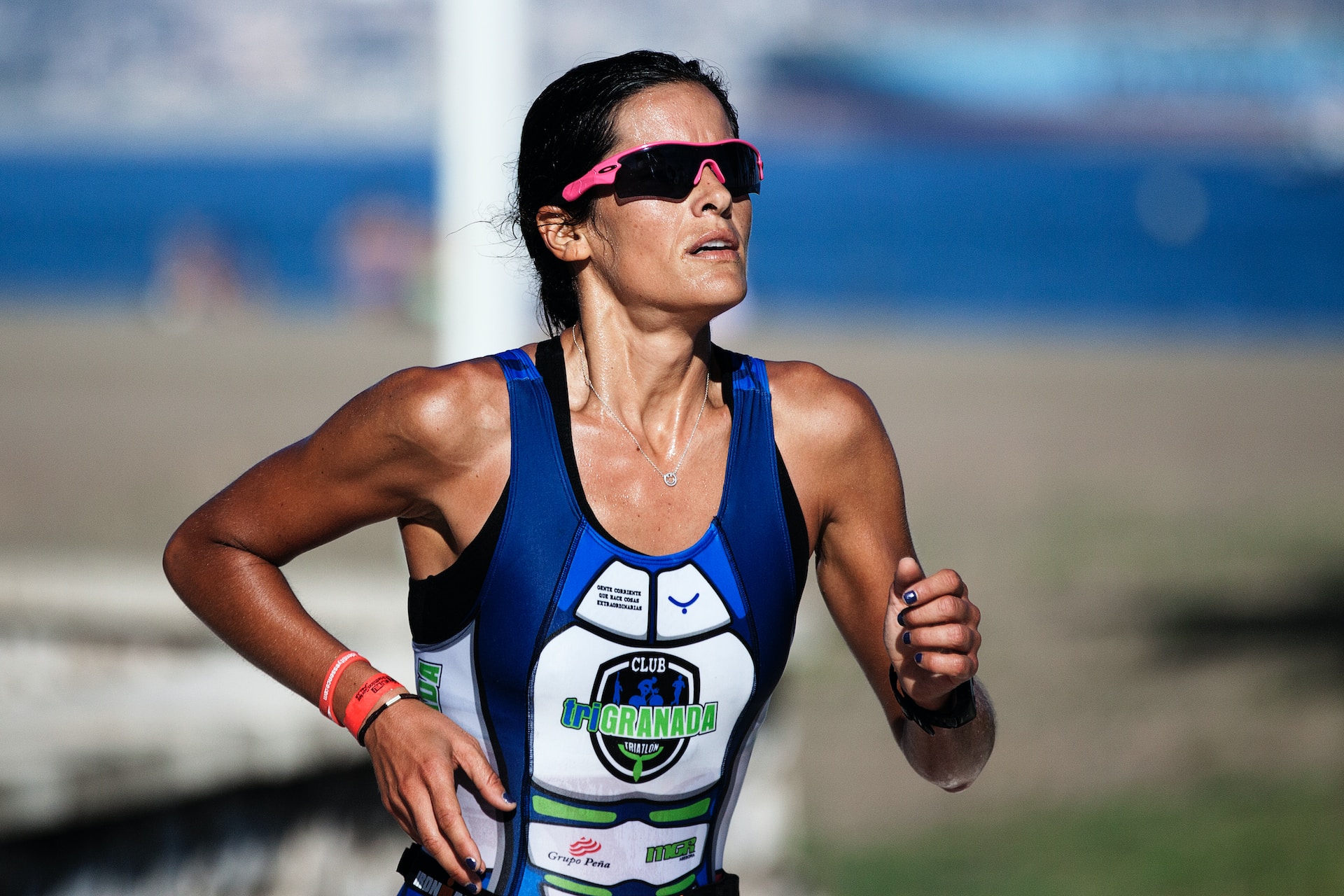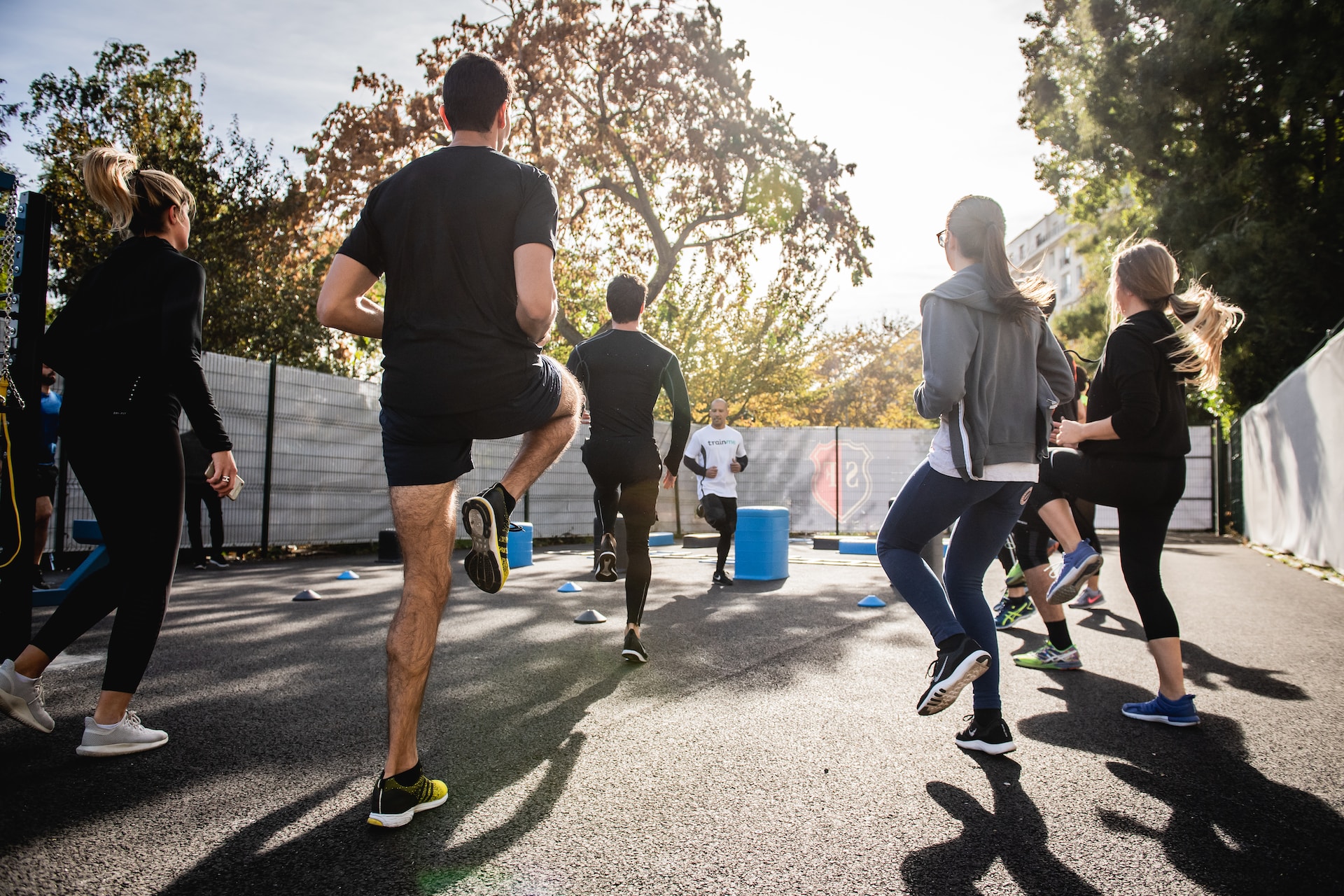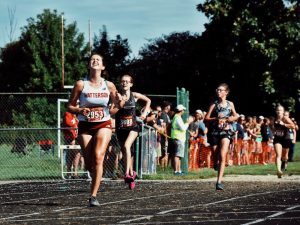Embracing the finish line under the applause of the crowd, with adrenaline pumping and legs throbbing.
That’s the moment every triathlete lives for.
Running, the grand finale of this grueling three-part race carries an emotional weight equal to its physical demand.
As the legendary Steve Prefontaine once said, “To give anything less than your best is to sacrifice the gift.”
This article explores the vital facets of running performance and helps you unlock your potential.
Whether you’re a budding triathlete or an experienced contender.
Running: The Make or Break of Triathlon
The triathlon ends with a run, but it’s often in this phase that the race truly begins.
According to research published in the Journal of Science and Cycling, an athlete’s running performance has a significant impact on their overall triathlon outcome.
That’s not surprising when considering the words of six-time Ironman World Champion Mark Allen, who states, “The last part of any triathlon is a mental game. To be successful, you have to keep a high level of concentration.”
Mastering the running basics is crucial in keeping this focus and maintaining a strong stride through to the finish line.

Understanding Running Mechanics
Running might seem like a simple act, but when it comes to efficiency and injury prevention, details matter.
Renowned running coach Jack Daniels underlines this by saying, “Running is nothing more than a series of arguments between the two sides of your body.”
Winning this argument hinges on mastering your running mechanics.
Running mechanics refer to your style or technique of running, encompassing elements such as foot strike, body lean, and arm swing.
A 2014 study published in the Journal of Sport and Health Science demonstrated that triathletes with a forefoot strike pattern can run at higher speeds.
At the same time, they use less energy than those with a rearfoot strike.
In essence, the right running mechanics can lead to significant performance improvements and a reduced risk of injury.

Footwear: The Groundwork of Success
The link between running shoes and performance cannot be overstated.
The right footwear not only provides comfort and protection but can also enhance your running efficiency.
A 2020 research article in the journal Nature demonstrated that advanced running shoe technology could improve the running economy by up to 2.8%, translating into significant time savings over a triathlon run course.
Former professional triathlete and coach, Paul Huddle, attests to the importance of suitable running shoes, stating, “Making a wise decision about your running shoes can spell the difference between a successful race and a painful learning experience.”
The perfect pair will be a harmonious blend of fit, comfort, and suitability for your running style and the course terrain.

The Power of Consistent Training
The golden rule of any training regime, including running, is consistency.
Paula Newby-Fraser, an eight-time Ironman World Champion, observes, “The best training program in the world is worthless without the will to execute it properly, consistently, and with intensity.”
A review in the Journal of Orthopaedic & Sports Physical Therapy noted that consistent, progressive training led to improved running efficiency, increased aerobic capacity, and decreased injury risk in endurance athletes.
Your training should include a mix of easy runs for endurance, interval sessions for speed, hill training for strength, and most importantly, rest days for recovery.

Numbers Don’t Lie: The Impact of Consistent Training
The significance of a consistent training regimen is further highlighted by a 2017 study in the Journal of Sports Sciences.
It analyzed over 600 triathletes and found that those who followed a consistent, structured training plan over ten months showed a 4.4% improvement in running performance.
Embracing the Right Conditioning
Aside from hitting the pavement, there’s more to enhance your running performance.
Complementing your runs with strength and conditioning workouts can lead to significant improvements in endurance and power.
According to a 2013 study in the Journal of Strength and Conditioning Research, a resistance training program improved running economy and peak power in trained distance runners.
Strength and conditioning are critical, even beyond the physical improvements.
The mental toughness required to push through that last rep mirrors the mental fortitude needed to power through the final miles.
As Joan Benoit Samuelson, the first-ever women’s Olympic marathon champion, puts it, “When running, you get to know yourself. You just have to listen.”

Set a Regular Running Schedule
Triathletes need to have a regular training schedule to attain their desired performance.
An analysis from the Journal of Sports Sciences highlighted the importance of training distribution throughout the week for optimal performance.
Athletes who evenly distributed their training load over the week showed better performances than those with large variations between training days.
Dean Karnazes, an ultramarathon runner, and author, perfectly captures this idea, saying, “Run when you can, walk if you have to, crawl if you must; just never give up.”
Regularity in training helps to build and maintain endurance, increase speed, and, most importantly, cultivate the mental tenacity that distinguishes seasoned triathletes from novices.

Conclusion
There’s no secret formula for running performance in a triathlon.
It’s a blend of understanding and optimizing your running mechanics, choosing the right footwear, and being consistent in training.
Also, never neglect the importance of strength and conditioning training.
As four-time World Ironman champion Chrissie Wellington profoundly states, “Never set limits, go after your dreams, and don’t be afraid to push the boundaries.
And laugh a lot – it’s good for you!” The journey to enhancing your running performance in a triathlon can be challenging, but the rewards are truly worth it.
Now, it’s time to lace up those shoes and unlock your potential!




